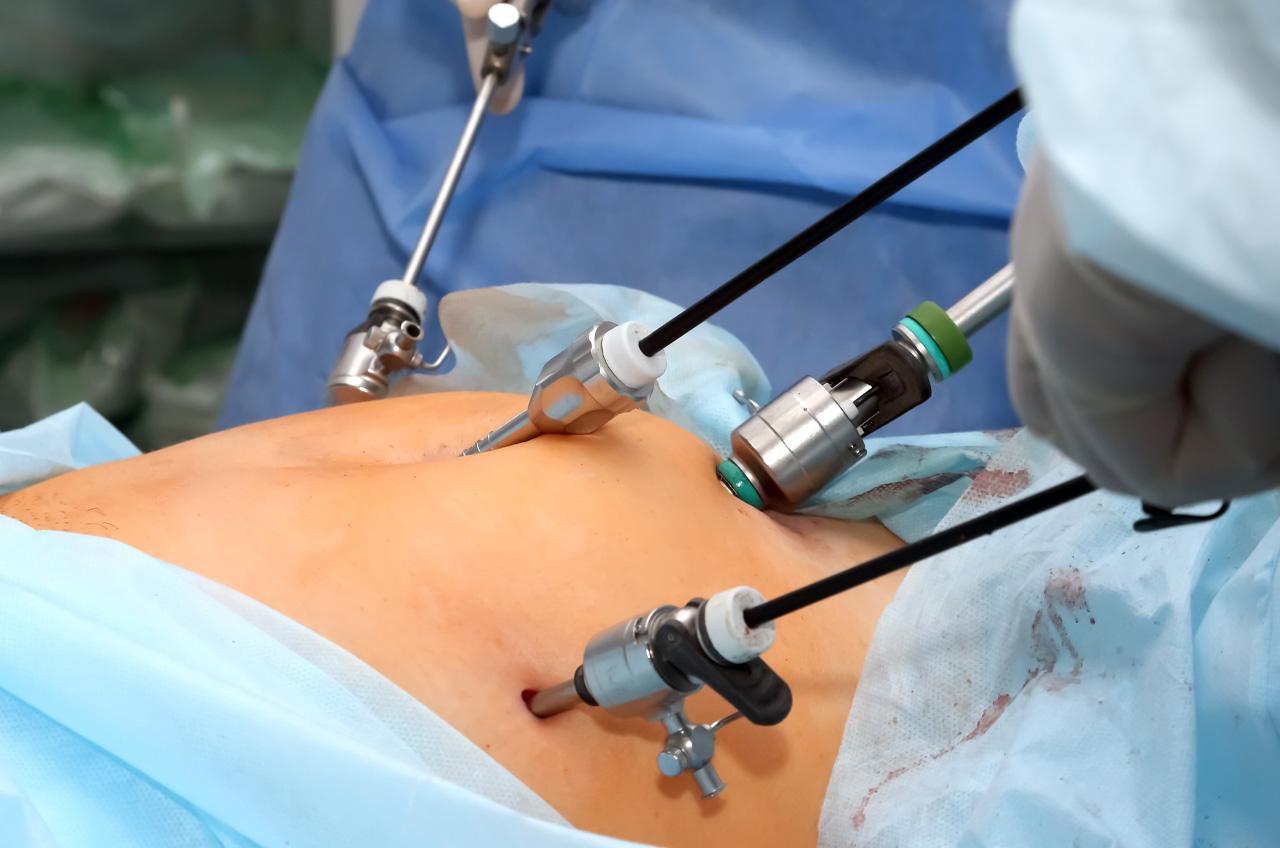What is Laparoscopic Surgery?
Laparoscopic surgery, also known as minimally invasive surgery or keyhole surgery, is a modern surgical technique performed through small incisions using a laparoscope – a thin tube with a camera and light. It allows surgeons to view the internal organs on a screen and perform procedures without making large cuts. This technique is widely used for diagnostic purposes as well as treatment across various specialties, including gynaecology, general surgery, and urology.
Laparoscopic surgery has revolutionised surgical treatments by offering safer, faster, and more comfortable recovery for patients. Consult your surgeon to understand if laparoscopy is the right approach for your condition and experience the benefits of advanced minimally invasive care.

Symptoms or Indications for Laparoscopic Surgery
Laparoscopic surgery is recommended for diagnosing or treating multiple conditions such as:
- Abdominal pain of unknown cause
- Gallstones and gallbladder removal (cholecystectomy)
- Hernia repair
- Appendicitis (appendectomy)
- Endometriosis and ovarian cysts
- Ectopic pregnancy
- Fibroids removal (myomectomy)
- Gastrointestinal disorders like GERD or cancer staging
- Infertility evaluation
Procedure or Treatment
- Preparation: Fasting for 6-8 hours before surgery, preoperative investigations, and anaesthesia assessment.
- Anaesthesia: General anaesthesia is administered.
- Incisions: 2-4 small incisions (0.5-1 cm) are made in the abdomen.
- Carbon dioxide insufflation: The abdomen is inflated with CO₂ to create space for visibility.
- Insertion: The laparoscope and specialised surgical instruments are inserted.
- Surgical steps: The surgeon performs the procedure while viewing the operative field on a monitor.
- Closure: Instruments are removed, gas is released, and incisions are closed with sutures or surgical glue.
Prevention
While laparoscopic surgery itself is a treatment, prevention here refers to minimising surgical risks:
- Regular health checkups to detect conditions early.
- Healthy lifestyle to avoid obesity-related surgical risks.
- Timely consultation if symptoms like abdominal pain or menstrual issues arise.
Benefits of Laparoscopic Surgery
- Smaller incisions leading to minimal scarring.
- Less postoperative pain compared to open surgery.
- Faster recovery time and shorter hospital stay.
- Lower risk of infection.
- Reduced blood loss during surgery.
- Early return to normal activities and work.
- Better cosmetic results due to tiny scars.
Types of Laparoscopic Surgeries
Diagnostic laparoscopy – For evaluation of unexplained abdominal or pelvic conditions.
Gynaecological laparoscopy:
Ovarian cystectomy
Myomectomy
Hysterectomy
Endometriosis treatment
General surgical laparoscopy:
Laparoscopic appendectomy
Laparoscopic cholecystectomy
Hernia repair
Bariatric laparoscopy: For weight loss procedures like gastric bypass or sleeve gastrectomy.
Oncological laparoscopy: Cancer staging or treatment in select cases.
Urological laparoscopy: Kidney, ureter, or prostate surgeries.
